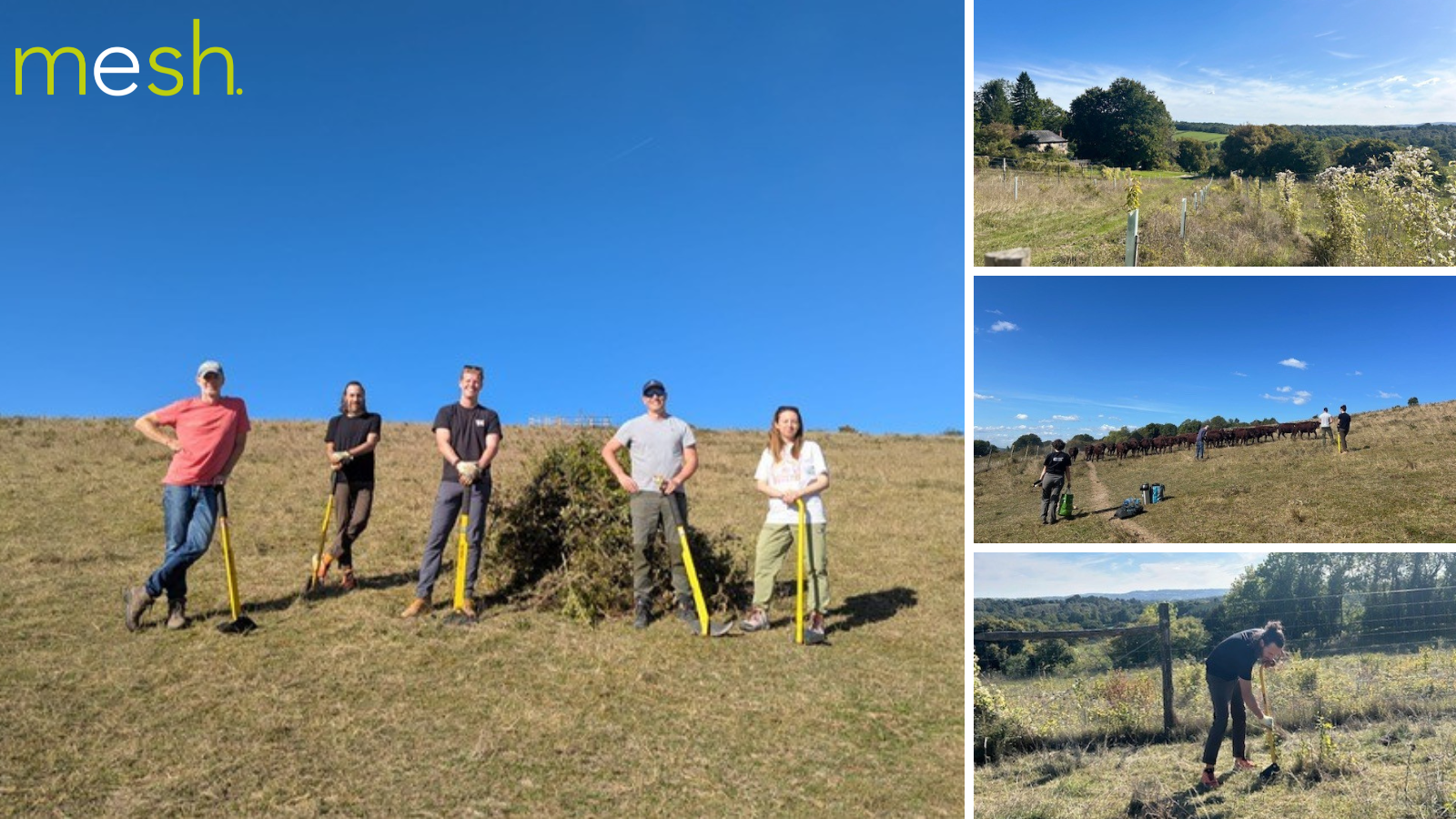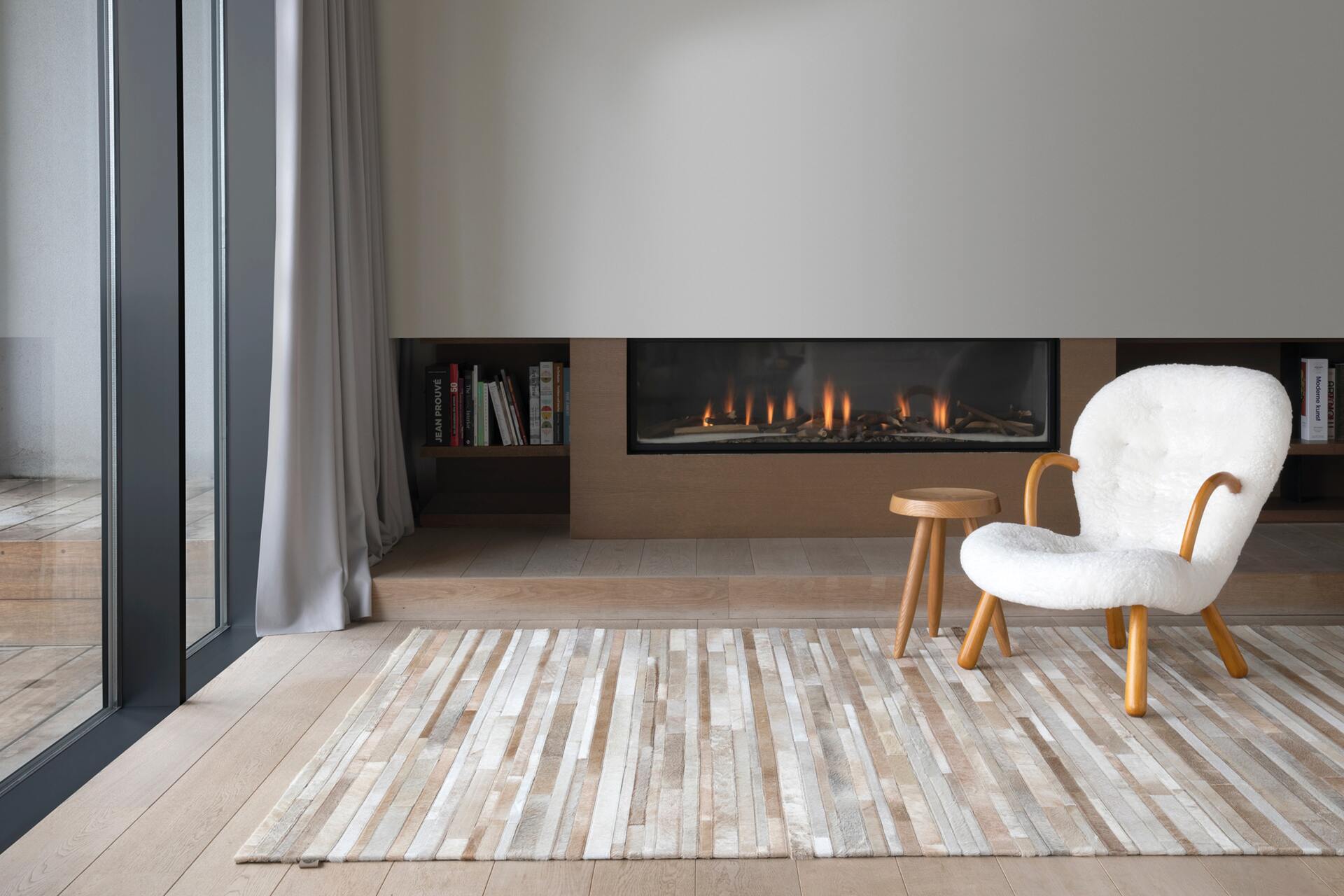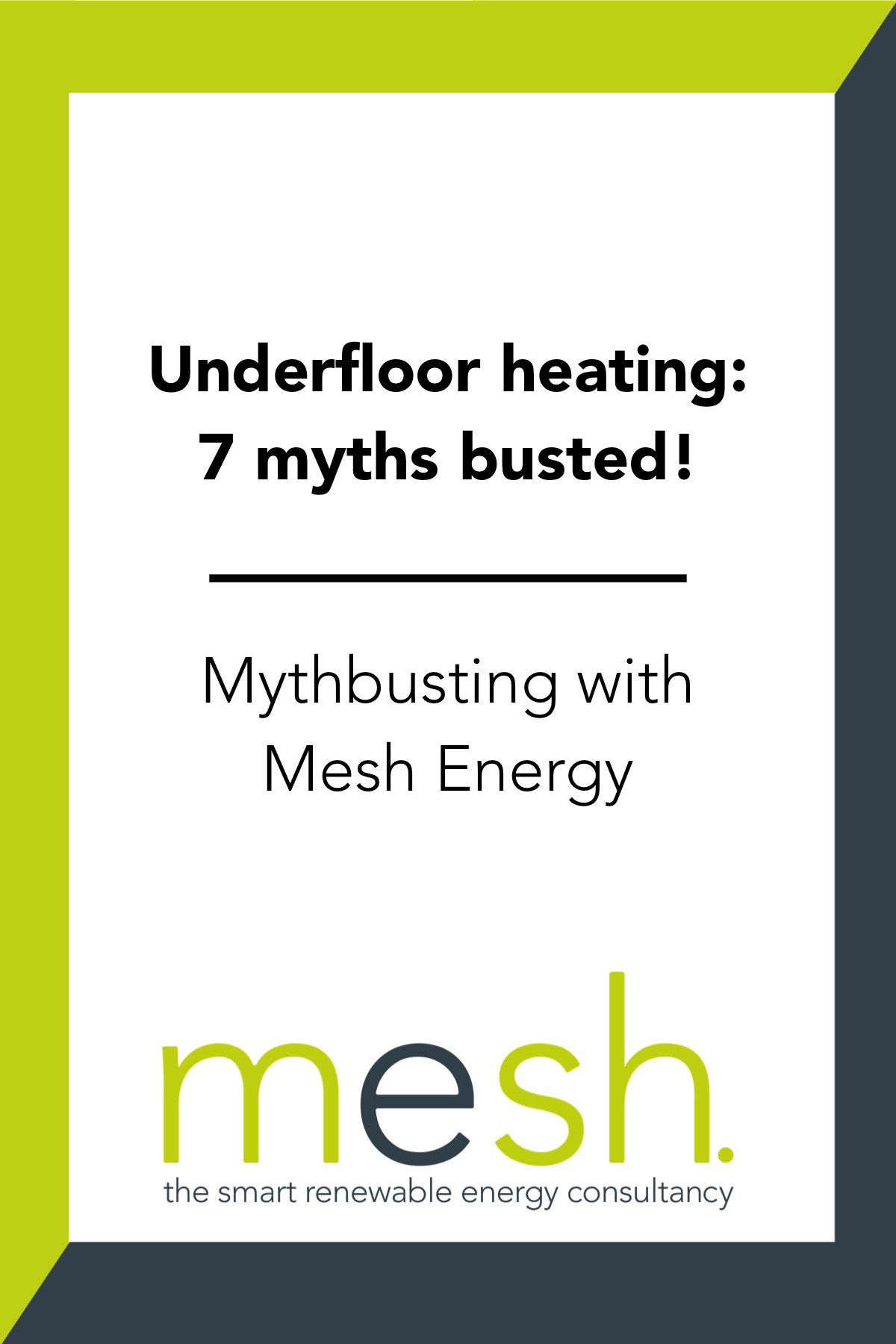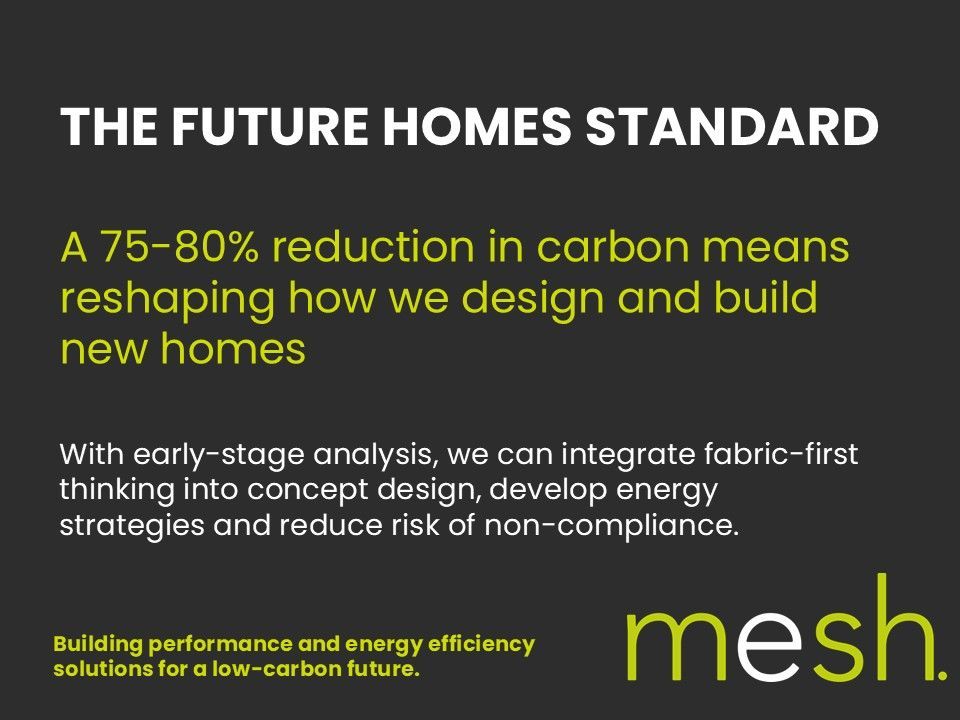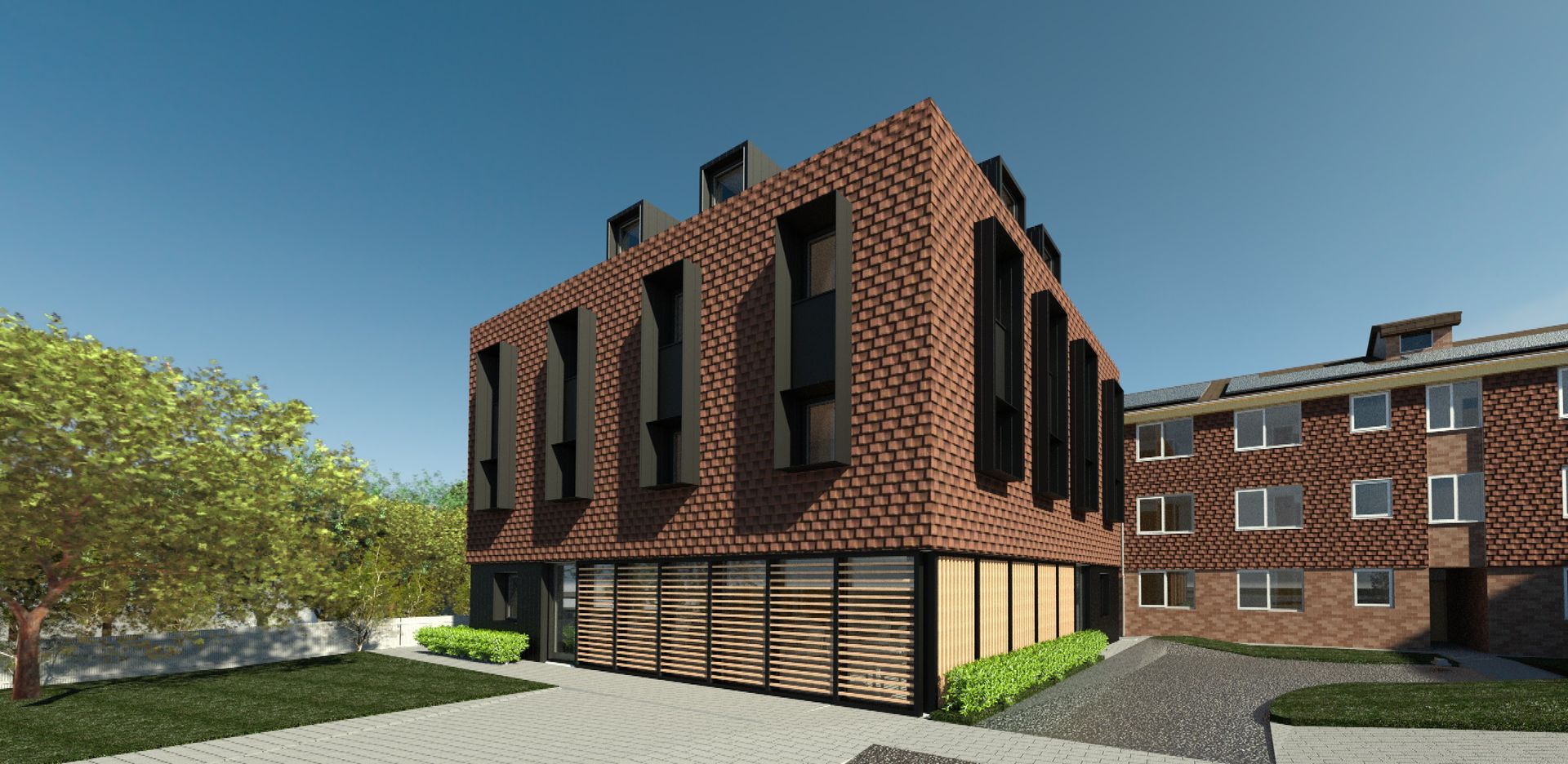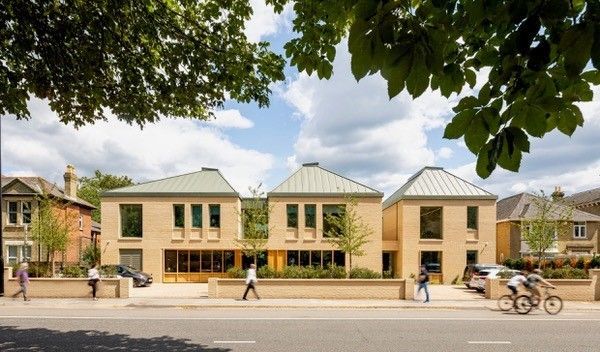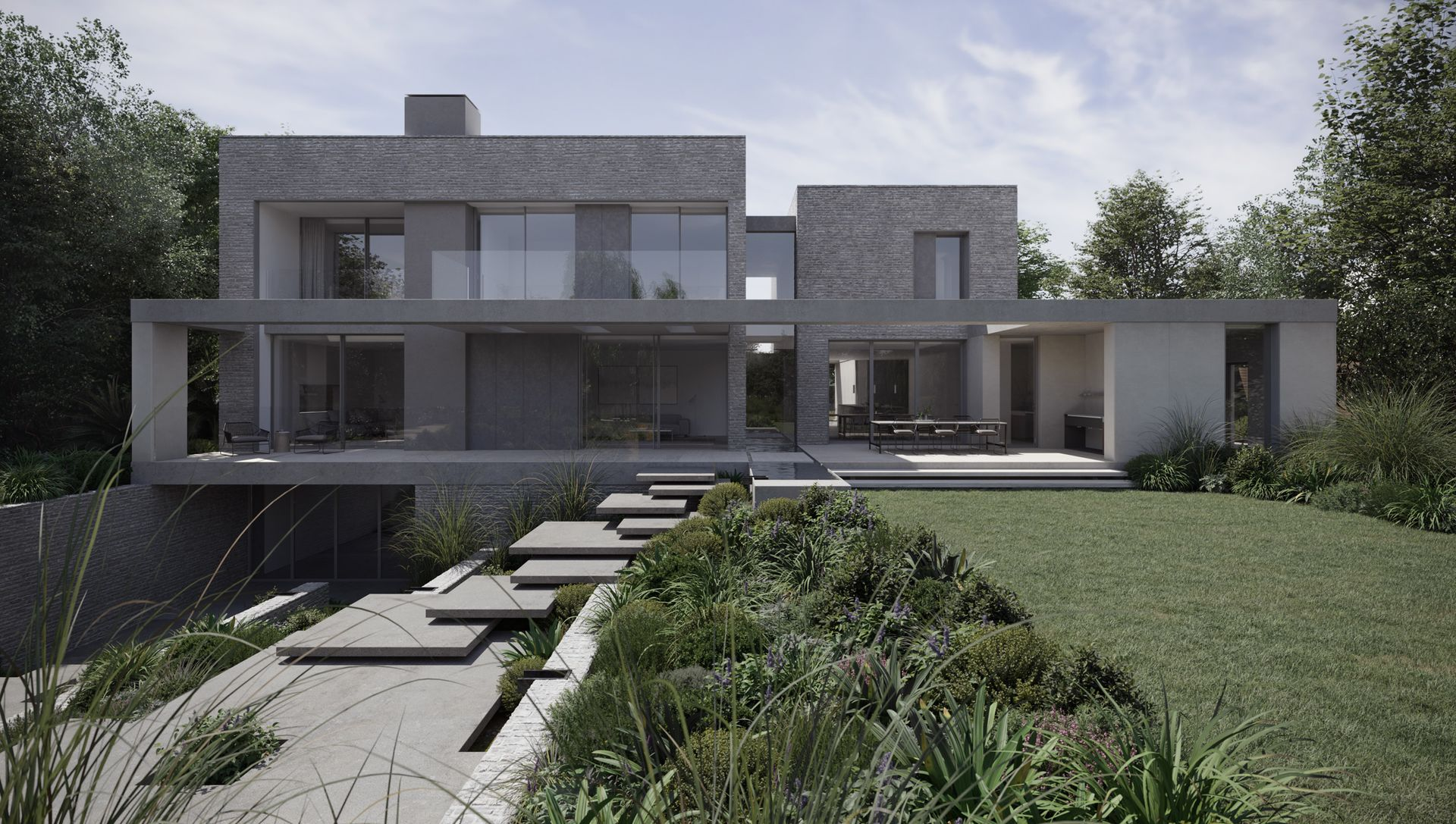Underfloor Heating: 7 myths busted! Mythbusting with Mesh Energy
For the first post in our new Mythbusting with Mesh Energy series we're taking a look at underfloor heating.
Installed and loved by many, but for a large number of people it is still not properly understood; even by professionals! In this post we'll outline the top seven myths and, as usual, we will endeavour to blow these myths out the water and pave the way for you to be able to make sensible heating decisions with the right information at hand!
Myth 1: Underfloor heating is only suitable for new homes
There is no doubt that if you are building a new highly-insulated home that underfloor heating can be simply integrated. But if you have an existing building, there are a dizzying array of systems that can allow you to benefit from areas of your home on all floors being heated in this way with no radiators on the walls. From low-profile overlay systems to plate emitter and pre-routed gypsum boards, the choice is impressive. With proper care, these systems can transform the comfort level in an existing home.
Myth 2: Electric underfloor heating is cheap, easier and better than a wet system
Electric underfloor heating is cheaper to buy at around £40/m² (compared to around £70-£100 per m² for wet systems) and best suited for one off rooms, typically bathrooms where wall space is limited. There is also little actual skill involved in installing the tech so it is within the realms of a DIYer; roll it out, wire it up to a power supply and thermostat and off you go! But beware: running costs will likely be triple the cost of a wet system using heated water running through pipes and the longevity of electric systems is poor compared to the 50-year warranties you often get for wet underfloor heating systems.
Myth 3: You can't control room temperature properly
Modern and widely available underfloor control systems can utilise both traditional analogue and modern digital control. The latter allows for precise room temperature control up to half a degree, which is significantly better than you would hope to achieve with an analogue dial thermostat.
In fact, if you have a new system installed in a home and rooms are correctly zoned, you can program and control different temperatures for different rooms from a single location, so bathrooms are a nice and cosy 22 Celsius, whilst bedrooms are a comfortable 18 Celsius. Modern smartphone apps even allow you to make changes to your home heating whilst you are abroad. Control doesn’t get much better than that!
Myth 4: Underfloor heating doesn't work with carpet flooring
This is simply untrue. The general rule here is that TOG ratings should be below 1.5 and heavy large rugs should be avoided. There are thousands of home owners who are having carpeted rooms heated just fine and there is no reason why you shouldn’t too.
During the room pipe work design, engineers cater for carpeted areas in most living spaces and make sure that plenty of pipe is installed.
Myth 5: Underfloor heating reacts too slowly to be of any use
Modern intelligent systems can be programmed to fit your lifestyle and many “learn” when to start to ensure that the room is at your desired temperature at a given time in the day. The convention in most homes now is to keep the home at a steady temperature just a few degrees below the ideal temperature during the night, or when you go on holiday, with a small nudge required to get the home back up to temperature when you return.
If used in this way, underfloor heating systems are very responsive and far more economical to run.
Myth 6: You can't install underfloor heating upstairs
We hear this one a lot, and there are often two reasons; structural and cost/benefit. It's true that a wet system with a thin screed does add additional weight but, with caution, “lightweight” systems can be installed that have no need for a screed.
As for cost/benefit there is more money invested in a first floor heating system but, depending on your requirements, you gain intelligent individual room heating and additional wall space for all your bedroom furniture and bathroom fittings which very few people consider.
Myth 7: Underfloor heating will crack and distort wooden floors
Again, many people have underfloor heating successfully installed with wooden floors in the UK and Europe. Most wooden floors installed with under floor heating are engineered and therefore are very thermally stable. Natural wooden floors are a different beast as these have a higher moisture content and are much less resilient to changing humidity and moisture ingress. As a general rule, higher density woods are preferred, and maximum allowable moisture contents should be 7%.
So, there you have it! We hope this post has helped to bust some common myths for you and that you now have more confidence in your decision making for your purchase of a new underfloor heating system. Good luck!
If you still have any questions about underfloor heating,
please don't hesitate to
contact the Mesh team today.
SHARE THIS POST WITH YOUR NETWORK


